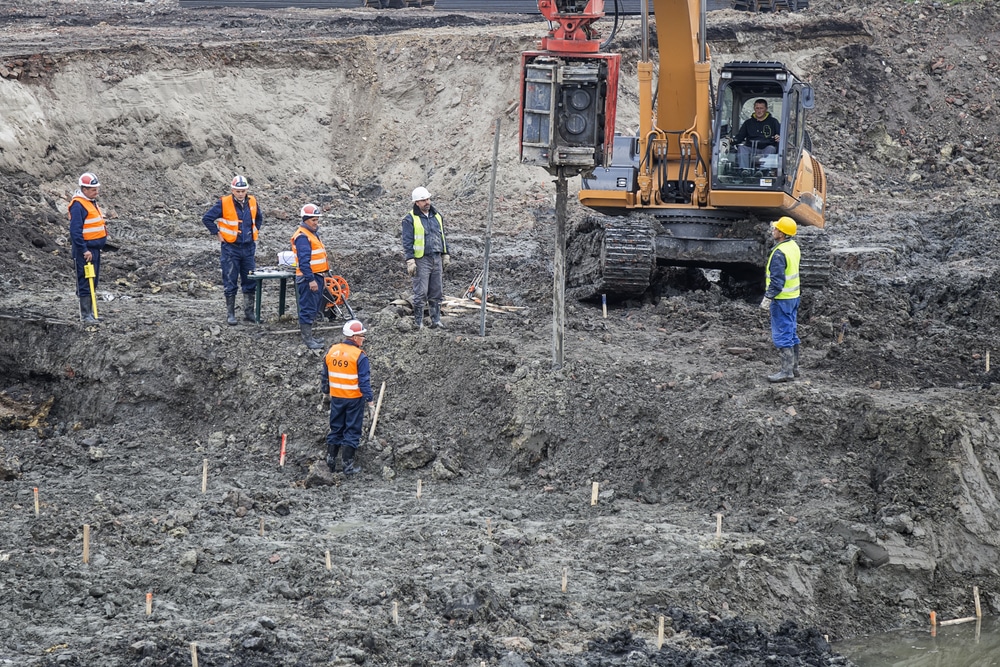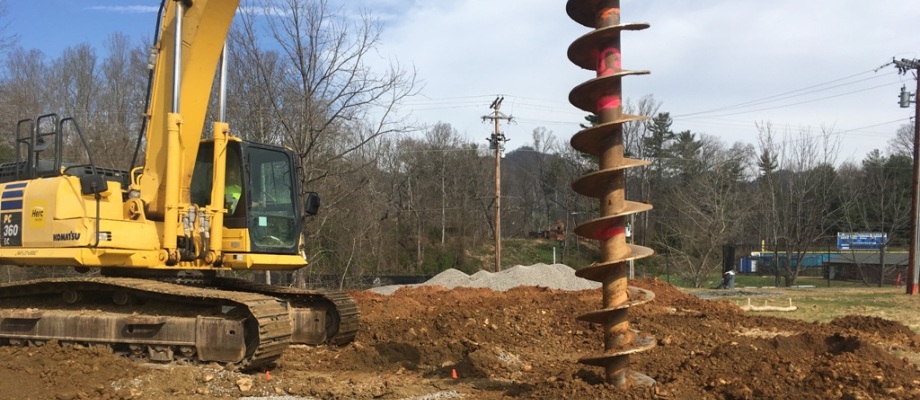The Interdisciplinary Approaches in the Geotechnical Industry: Bridging the Gap Between Engineering, Geology, and Environmental Scientific Research for Ideal Project End Results
The combination of design, geology, and environmental science within the geotechnical market is not simply useful; it is important for attaining optimum job outcomes. What methods might emerge to facilitate this vital cooperation and enhance the effectiveness of geotechnical techniques?
Importance of Interdisciplinary Cooperation
The relevance of interdisciplinary collaboration in the geotechnical market can not be overstated. Effective geotechnical tasks need the assimilation of varied know-how from different fields, including design, geology, and environmental science. This partnership makes sure that all aspects of a project are considered, bring about detailed remedies that deal with complex difficulties.
When working in isolation,Interdisciplinary cooperation fosters advancement by allowing specialists to share insights and methodologies that might not be obvious. By leveraging the strengths of numerous disciplines, teams can determine prospective threats, maximize style processes, and enhance the sustainability of geotechnical jobs. Moreover, such collaboration promotes an all natural understanding of site-specific conditions, which is important for exact assessment and decision-making.
The intricacy of geotechnical jobs necessitates a worked with method to problem-solving. Inevitably, interdisciplinary collaboration is crucial for progressing finest methods and attaining excellence in the geotechnical market.
Secret Functions of Each Discipline
Cooperation among numerous disciplines is not just helpful; it is crucial for the effective execution of geotechnical projects. Each discipline-- design, geology, and ecological science-- plays an unique yet interconnected function that contributes to predict efficiency and sustainability.
Geotechnical designers are mostly liable for designing structures and ensuring structural integrity. They assess dirt and rock homes to assess load-bearing capabilities, offering vital information for secure construction techniques. Their competence makes it possible for the formulation of innovative options to complicated obstacles.

Ecological scientists evaluate the possible impacts of building and construction on ecological communities and water sources. They conduct environmental analyses and establish mitigation strategies to lessen damaging results. By integrating environmental considerations, they guarantee conformity with policies and advertise sustainability throughout the job lifecycle.
Study of Effective Assimilation
Successful integration of geotechnical self-controls can be exemplified with numerous study that highlight the effectiveness of synergy in resolving complicated design difficulties. One significant instance is the construction of the Hong Kong-- Zhuhai-- Macau Bridge, where a collective technique entailing geotechnical engineering, geology, and ecological science was crucial. Rock hounds and designers functioned in unison to analyze the seabed problems and optimize the structure layout, ensuring stability and minimizing ecological effect.
Another impactful case is the improvement of incline security in the San Francisco Bay Area, where an interdisciplinary group combined geotechnical analysis with ecological evaluations. By incorporating geological surveys and hydrological researches, the group successfully determined possible landslide dangers and carried out reliable reduction measures, boosting security and sustainability.
In addition, the redevelopment of Brownfield websites typically requires a multidisciplinary technique. In one situation in Chicago, collaboration amongst geotechnical designers, environmental researchers, and urban planners resulted in the successful removal of polluted soil, enabling the risk-free change of the website into a community park. These study show that interdisciplinary partnership not only addresses technical challenges yet likewise cultivates cutting-edge services that profit both communities and tasks.
Obstacles in Multidisciplinary Projects

Furthermore, collaborating routines and workflows among numerous groups can be problematic, especially when each technique has special job milestones and deliverables. This misalignment can cause delays and enhanced costs. The difficulty of resource allotment additionally looms big; ensuring that specialized know-how is available at essential points requires careful planning and insight.
Lastly, governing compliance presents an additional substantial obstacle. Each self-control may deal with different governing frameworks, and aligning these requirements to meet task objectives can be taxing and complicated. Attending to these obstacles necessitates strong check my site leadership and efficient communication methods to foster partnership and make certain that multidisciplinary groups function cohesively in the direction of shared objectives.
Future Trends in Geotechnical Practices
As the geotechnical sector evolves, emerging fads are improving methods to deal with the obstacles dealt with in multidisciplinary jobs - geotechnical engineers. One considerable fad blog here is the boosted assimilation of advanced technologies, such as artificial intelligence and maker learning, right into geotechnical analysis and layout. These technologies improve predictive modeling and danger assessment, making it possible for engineers to make even more enlightened choices throughout the project lifecycle

Additionally, the adoption of electronic twins and real-time tracking systems is becoming extra widespread. These tools help with recurring analysis of soil problems and structural performance, enabling prompt interventions when problems develop.
Verdict
In final thought, the integration of engineering, geology, and ecological science is essential for accomplishing optimum outcomes in the geotechnical industry. Effective situation research studies show the advantages of this method, while acknowledging the challenges faced in multidisciplinary jobs.
The combination of engineering, geology, and environmental science within the geotechnical market is not merely beneficial; it is vital for accomplishing optimal job results. Efficient geotechnical projects call for the integration of varied proficiency from numerous fields, consisting of engineering, geology, and ecological scientific research.Browsing the complexities of multidisciplinary jobs in the geotechnical market offers numerous significant difficulties.As the geotechnical industry advances, emerging fads are reshaping techniques to attend to the challenges encountered in multidisciplinary tasks. Geotechnical engineers are significantly working together with ecological researchers to ensure that jobs align with sustainability objectives and abide with governing demands.